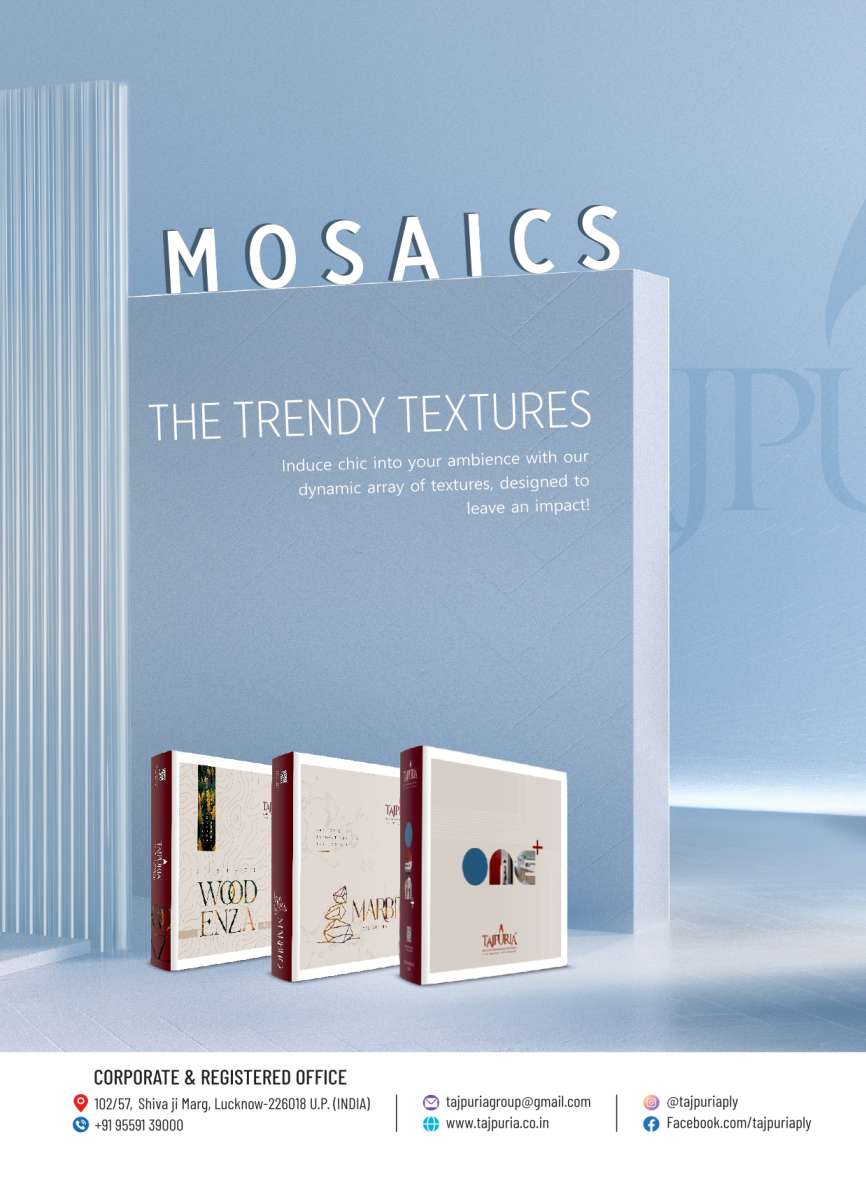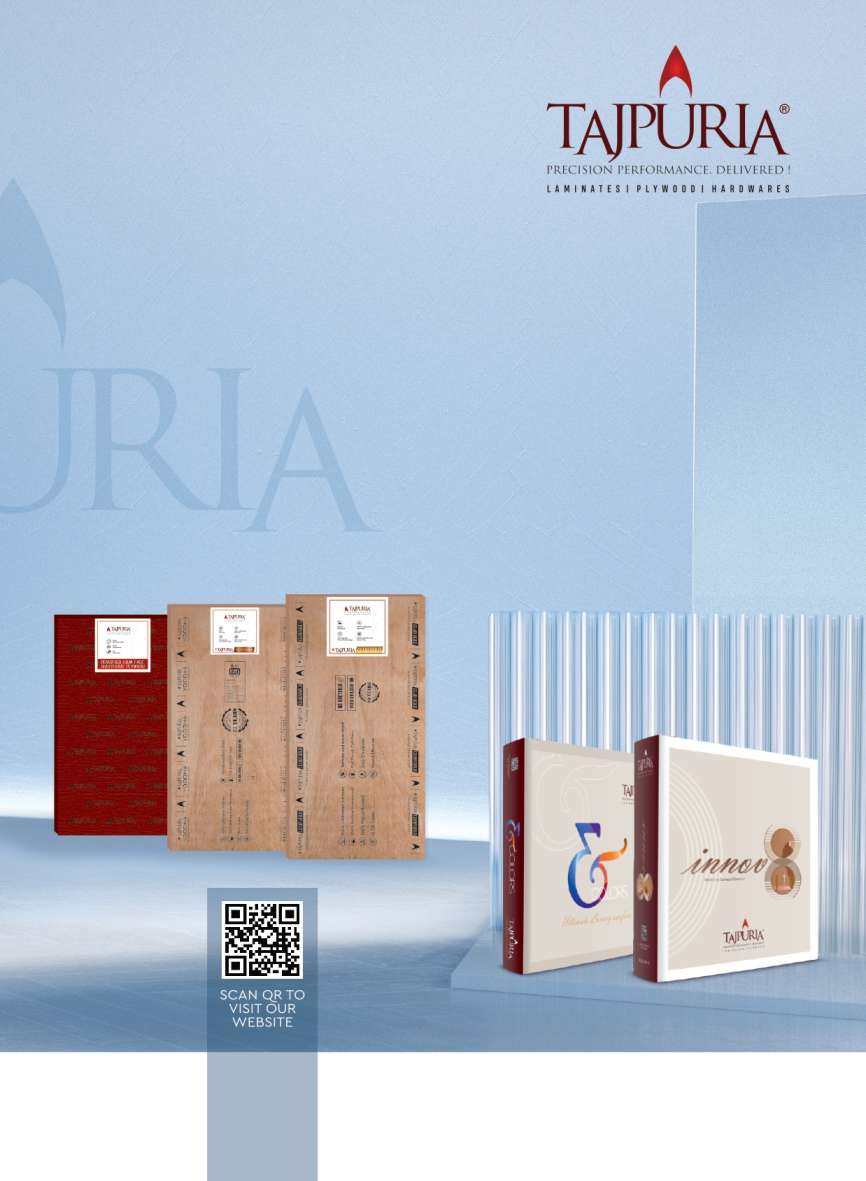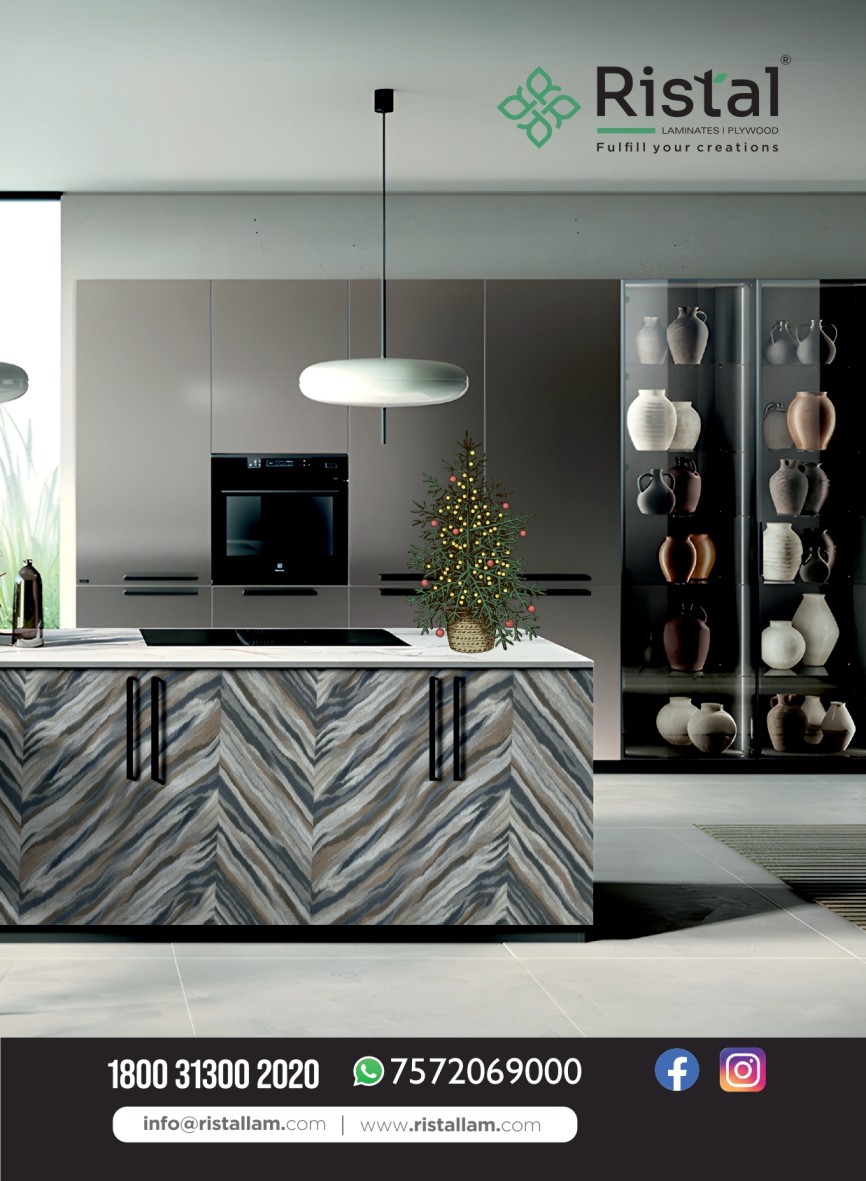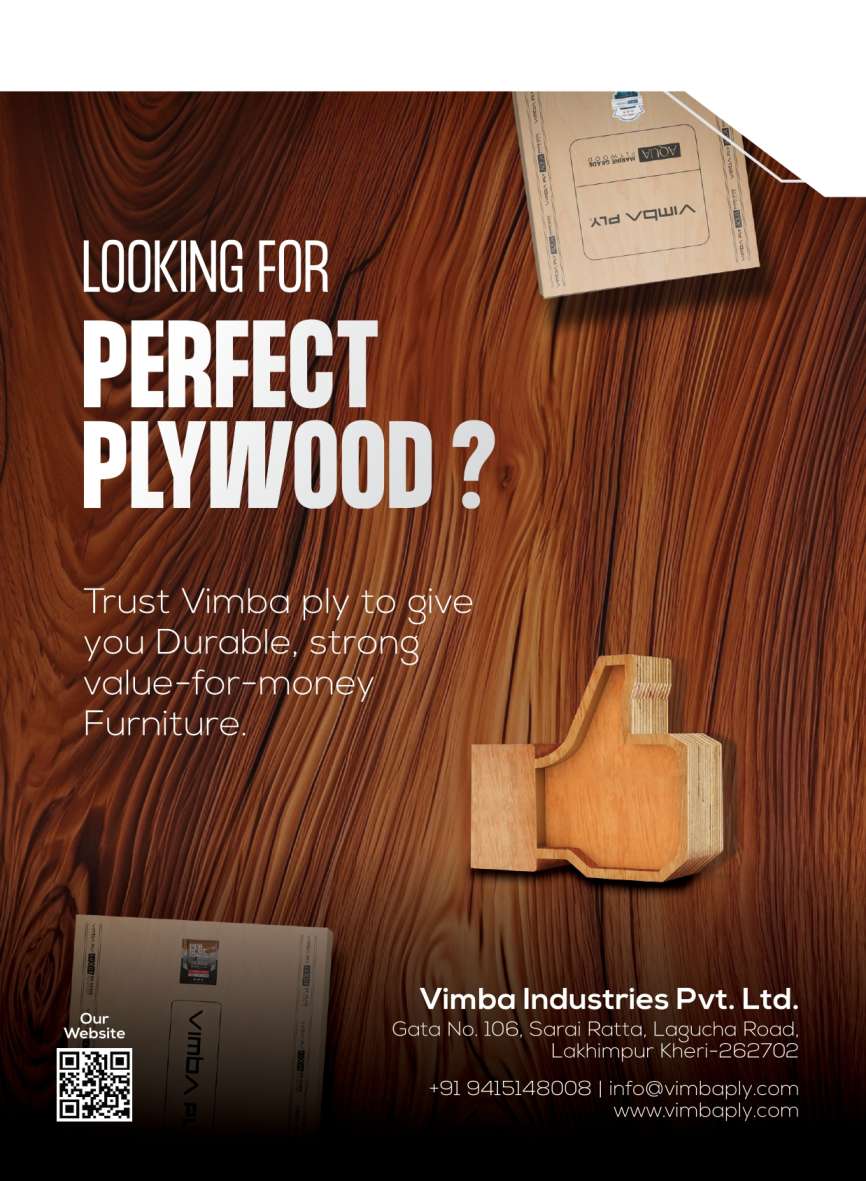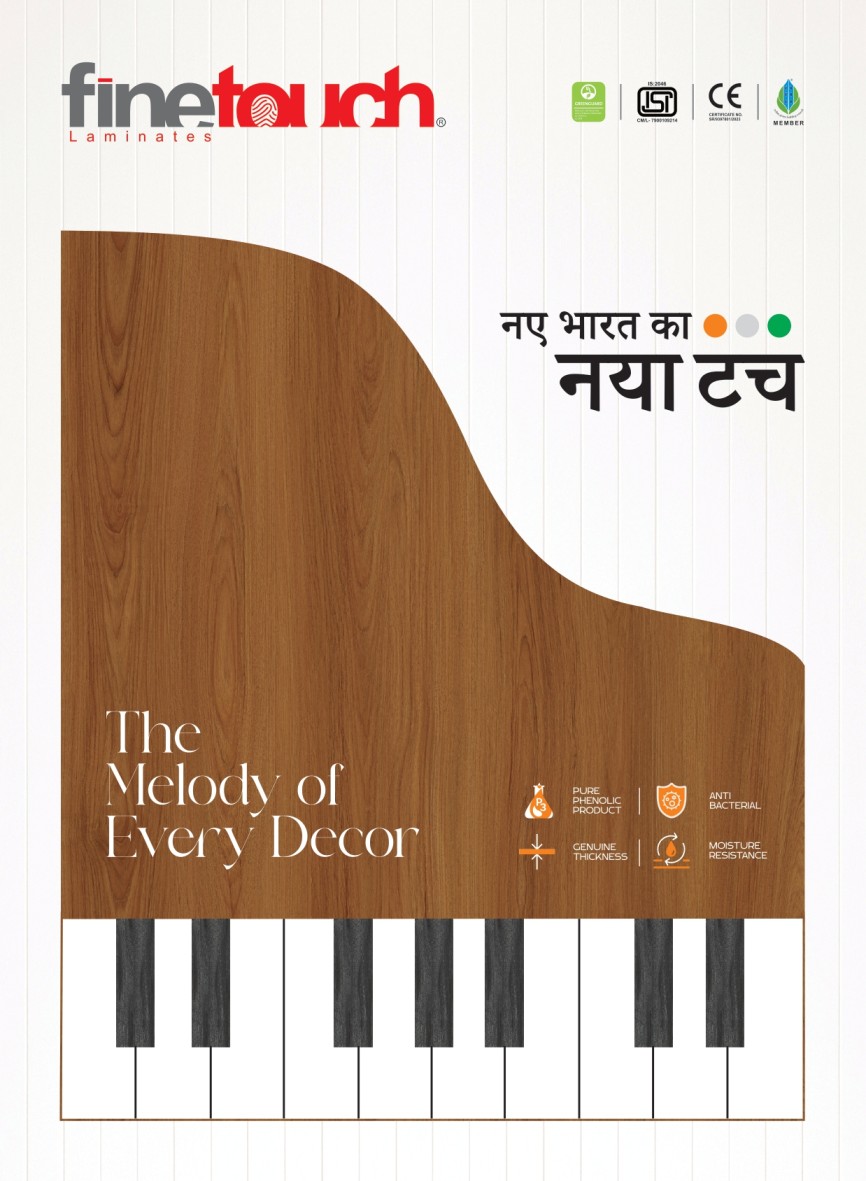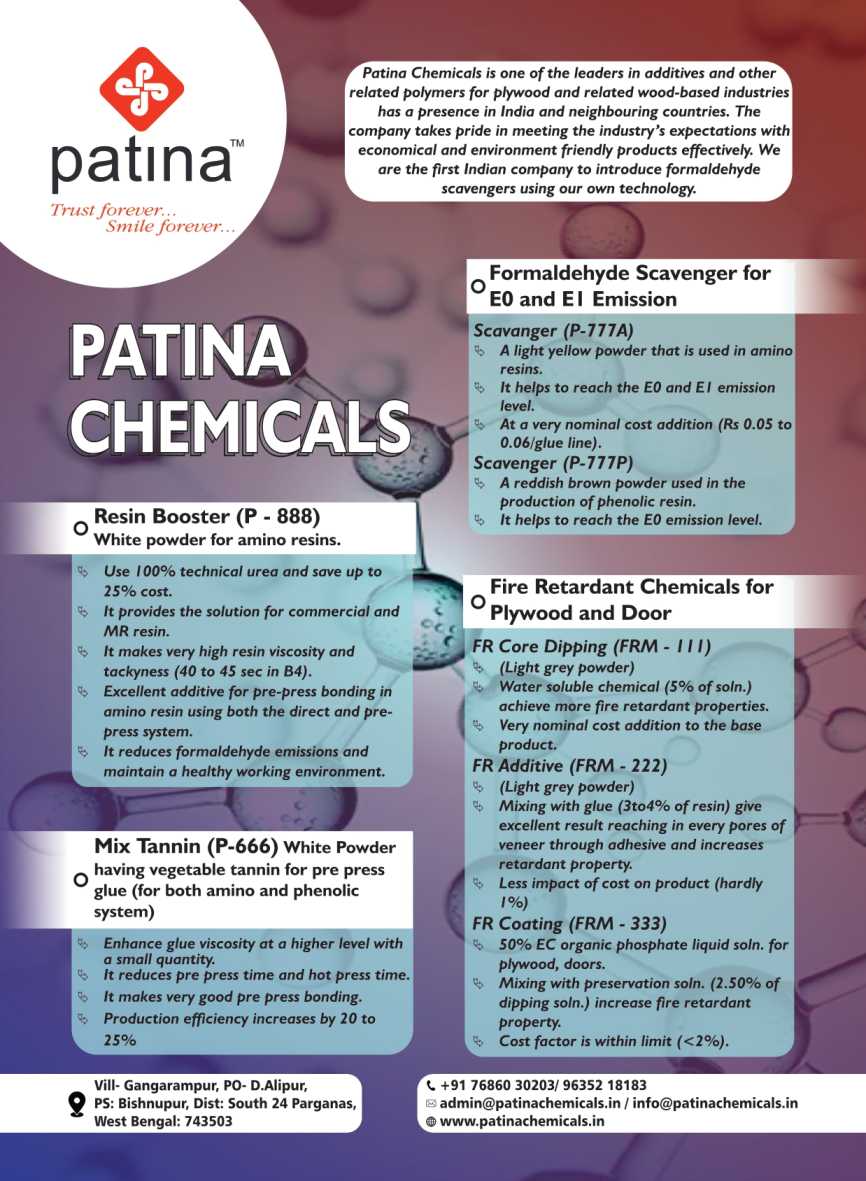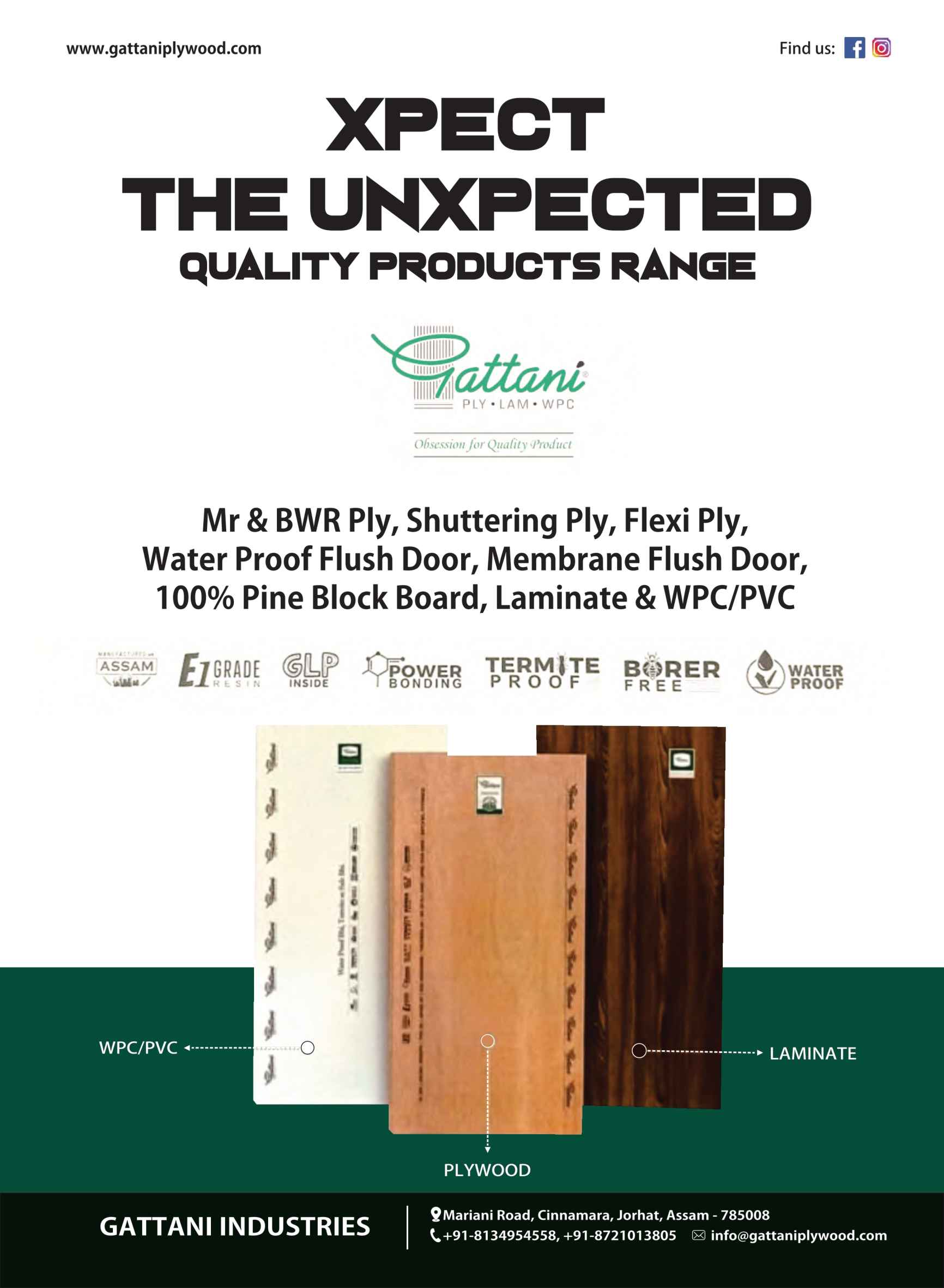
Face Veneer
- May 22, 2018
- 0
As we all know that wood based industries in India have a very long history. Let me take you to the time when plywood industry was sprouting
As we all know that wood based industries in India have a very long history. Let me take you to the time when plywood industry was sprouting / budding in North East India. As far as we know, the birth of plywood industry in Assam dates back to same where in 1950’s. The abundance availability of hardwood logs which primarily consisted of Hollong variety of wood was the major attraction to the entrepreneurs setting plywood industry in the region. Technology at that time was in nascent stage and already established method/ style of working with very less need for experimentation. As far as the face is concerned, Hollong face was the natural & only choice for manufacturing of plywood. Initially, thickness of the veneer was 0.8mm, which was substantially brought down to 0.5mm during 1990s, when the Apex court put a ban on cutting of logs in the region.
The ban which led to downfall and disappearance of wood based industries in NE belt was instrumental in emergence of manufacturing hub in north (plus rest of) India. The use of poplar and Safeda as raw material gained popularity. We have since then, witnessed lots of changes in the manufacturing style of plywood. This discussion is more about face veneer and the change process it has gone through.
In the beginning, import of Gurjan from Myanmar (Hollong species), Indonesia and Malaysia kept feeding the Indian Plywood industry. Subsequently, ban imposed by respective countries either on account of pressure of world environmentalists or their own perspective to develop domestic manufacturing hub led to scarcity of imported wood in India.
Eventually, disturbance caused due to non-availability of imported wood led to exploration of other variety of timber from across the world.
The fundamental thought in our mind is that the face should have red color which symbolizes Hollong and Gurjan. Experts in our industry have time and again opined that the face veneer of the plywood should only be laminate or paint/ polish friendly, but the crux is the bonding of the core which should be given core significance. Our primary objective should be to change the mindset of Indian consumer in this regard.
Now, it is time, we extensively use veneers like Recon, Okume/ Soloman, Dhuna, Mekahi etc and educate the customers that the crux of plywood lies beneath the face. Although, we are still deriving benefits from the use of Red face veneers, but sooner or later, the required shift will be the need of the hour. It is worth mentioning here that all the major brands are now using face other than Gurjan. If this is the scenario, then why the medium segment manufactures are pressurized into usage of high end face (Gurjan etc.)?
As somebody said “Progress is impossible without change and those who cannot change their minds cannot change anything”. Same way we should put the trend in our industry and should came forward to change the mindset of the consumer in general for the betterment of the industry.
As we all know that wood based industries in India have a very long history. Let me take you to the time when plywood industry was sprouting / budding in North East India. As far as we know, the birth of plywood industry in Assam dates back to same where in 1950’s. The abundance availability of hardwood logs which primarily consisted of Hollong variety of wood was the major attraction to the entrepreneurs setting plywood industry in the region. Technology at that time was in nascent stage and already established method/ style of working with very less need for experimentation. As far as the face is concerned, Hollong face was the natural & only choice for manufacturing of plywood. Initially, thickness of the veneer was 0.8mm, which was substantially brought down to 0.5mm during 1990s, when the Apex court put a ban on cutting of logs in the region.
The ban which led to downfall and disappearance of wood based industries in NE belt was instrumental in emergence of manufacturing hub in north (plus rest of) India. The use of poplar and Safeda as raw material gained popularity. We have since then, witnessed lots of changes in the manufacturing style of plywood. This discussion is more about face veneer and the change process it has gone through.
In the beginning, import of Gurjan from Myanmar (Hollong species), Indonesia and Malaysia kept feeding the Indian Plywood industry. Subsequently, ban imposed by respective countries either on account of pressure of world environmentalists or their own perspective to develop domestic manufacturing hub led to scarcity of imported wood in India.
Eventually, disturbance caused due to non-availability of imported wood led to exploration of other variety of timber from across the world.
The fundamental thought in our mind is that the face should have red color which symbolizes Hollong and Gurjan. Experts in our industry have time and again opined that the face veneer of the plywood should only be laminate or paint/ polish friendly, but the crux is the bonding of the core which should be given core significance. Our primary objective should be to change the mindset of Indian consumer in this regard.
Now, it is time, we extensively use veneers like Recon, Okume/ Soloman, Dhuna, Mekahi etc and educate the customers that the crux of plywood lies beneath the face. Although, we are still deriving benefits from the use of Red face veneers, but sooner or later, the required shift will be the need of the hour. It is worth mentioning here that all the major brands are now using face other than Gurjan. If this is the scenario, then why the medium segment manufactures are pressurized into usage of high end face (Gurjan etc.)?
As somebody said “Progress is impossible without change and those who cannot change their minds cannot change anything”. Same way we should put the trend in our industry and should came forward to change the mindset of the consumer in general for the betterment of the industry.






